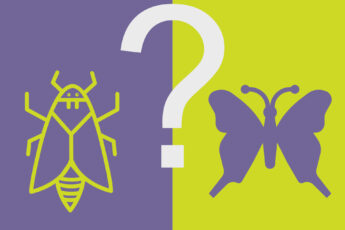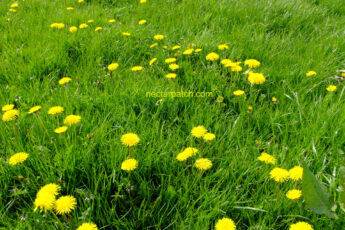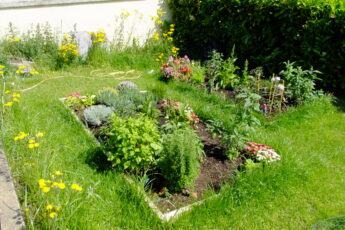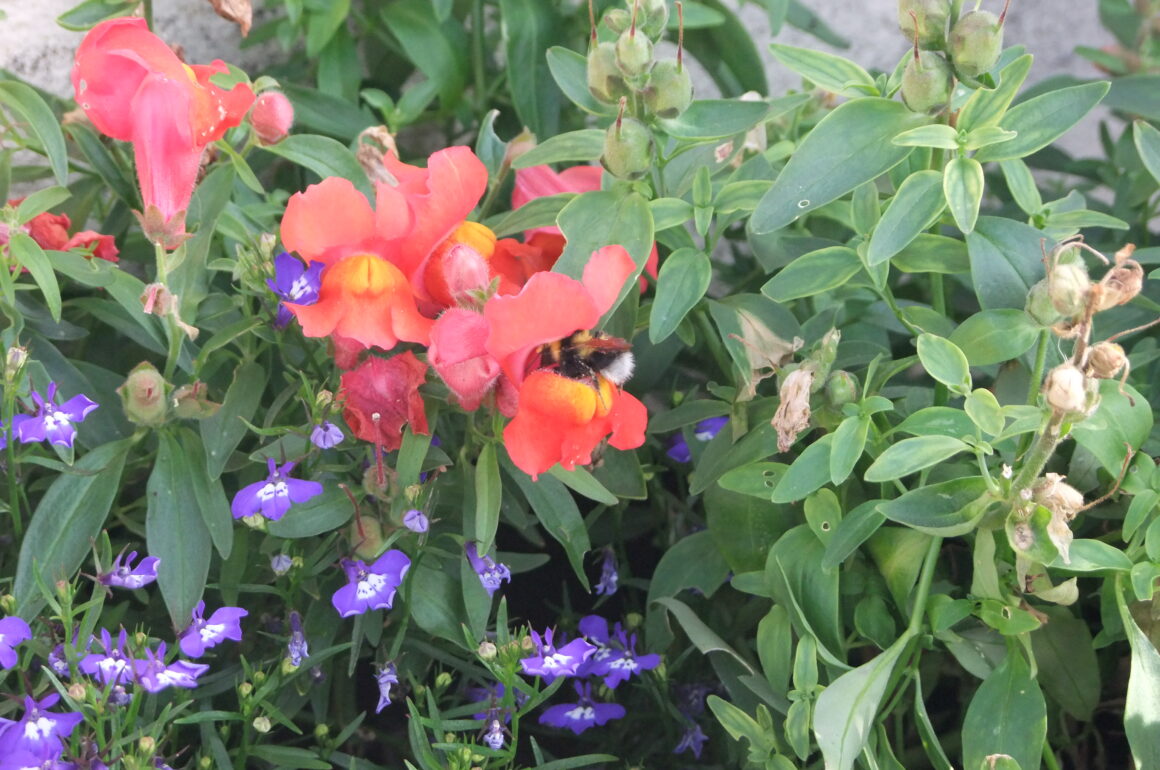
It’s common knowledge that pollinators need our help. In Ireland alone, one third of the bee species is threatened with extinction. As more and more people are becoming aware of this, many garden centres and nurseries are including a pollinator plant section to help people choose plants & flowers specifically to attract (& help) pollinators.
Just imagine the difference it would make to our pollinator numbers if everyone dedicated a tiny space in their garden (even a small window box or hanging basket) specifically to help them!
In this post I’m going to list 10 perennial plants that will help to attract pollinators to your garden. I started my own butterfly garden this year and so I’ve used all the plants listed below myself. Some of the images shown are of the plants I’ve just planted and so aren’t in flower yet.
One thing to note is that if you’re new to gardening (like me!), remember that sometimes perennials may not look that impressive in their first year, so don’t be disheartened if some plants don’t bloom as big as they should. For that reason, it’s probably best to include a mixture of both perennials and annuals in the pollinator patch so you have instant eye candy 🙂
Another thing to remember is to include plants that flower at different times of the year – so there will always be nectar / pollen available from early spring (for any butterflies or bees that wake early from hibernation) through to late autumn. Also plant them in blocks rather than as single plants as they are more attractive to pollinators that way.
So, let’s look at the list:
1. English Lavender
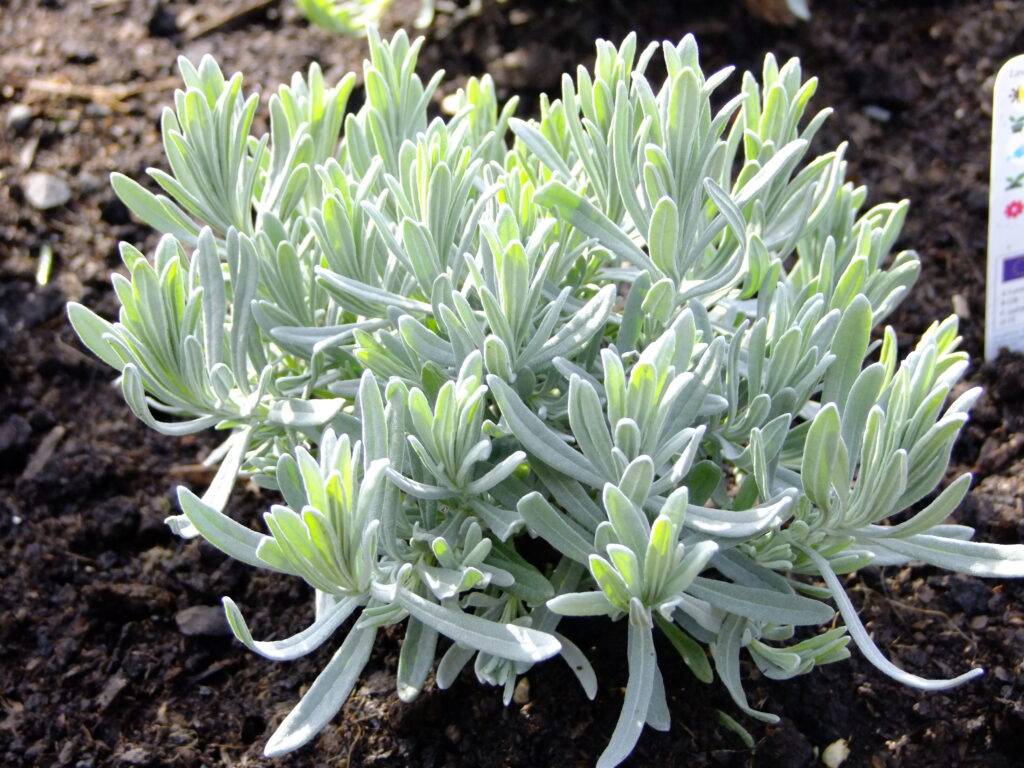
Who doesn’t like lavender? It’s one of those scents that instantly takes me back to my grandmother’s house when I was very young. It’s also a huge favourite with bees and butterflies. Lavender likes to grow in a sheltered, sunny spot in well-drained soil, and its small tubular flowers bloom from May to July.
Did you know… Being a huge fan of lavender, it is said that Queen Victoria ordered all her furniture to be polished with a lavender-based solution.
2. Buddleia Davidii
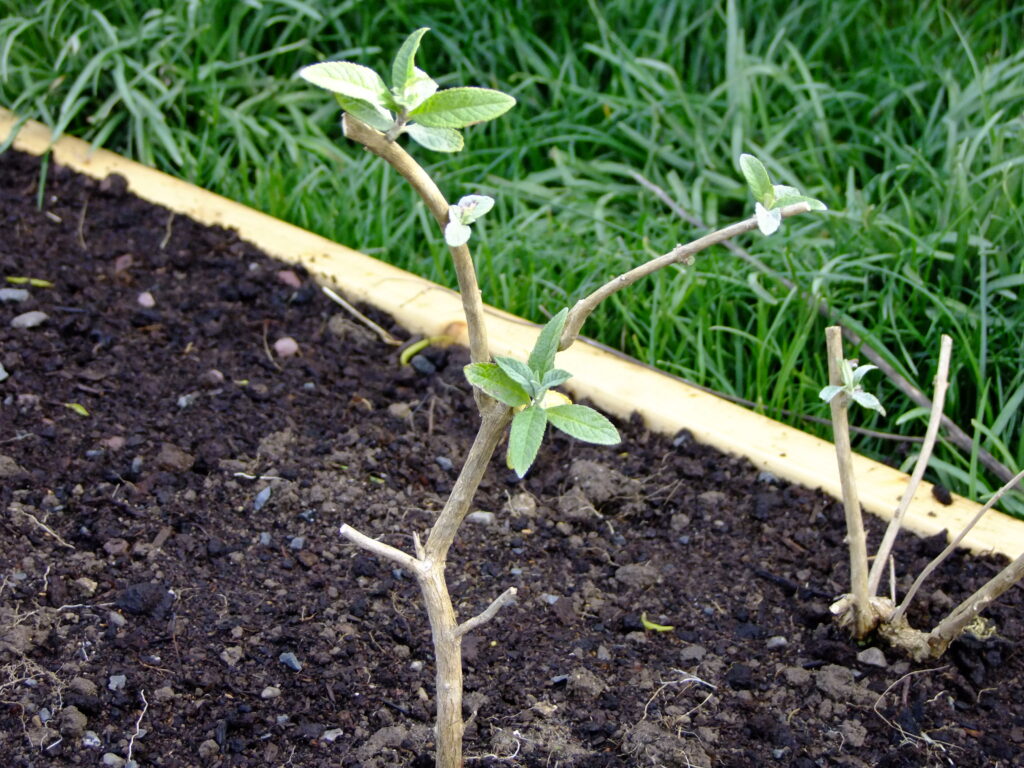
Commonly known as the Butterfly Bush (hmm wonder why that is 🙂), this hardy bush has a rich supply of nectar throughout the summer months. It does well in sunny or partially shaded positions. It is known to be one of the best nectar sources for our butterflies. This is my first time for growing butterfly bushes. We have several small cuttings spaced around the raised beds in our pollinator garden, and I can’t wait to see them all in flower!
Did you know… although the butterfly bush is popular among these winged creatures, it is generally the larger butterflies that flock to it, as the smaller ones don’t have a long enough proboscis to reach far enough into the flower.
3. Foxglove
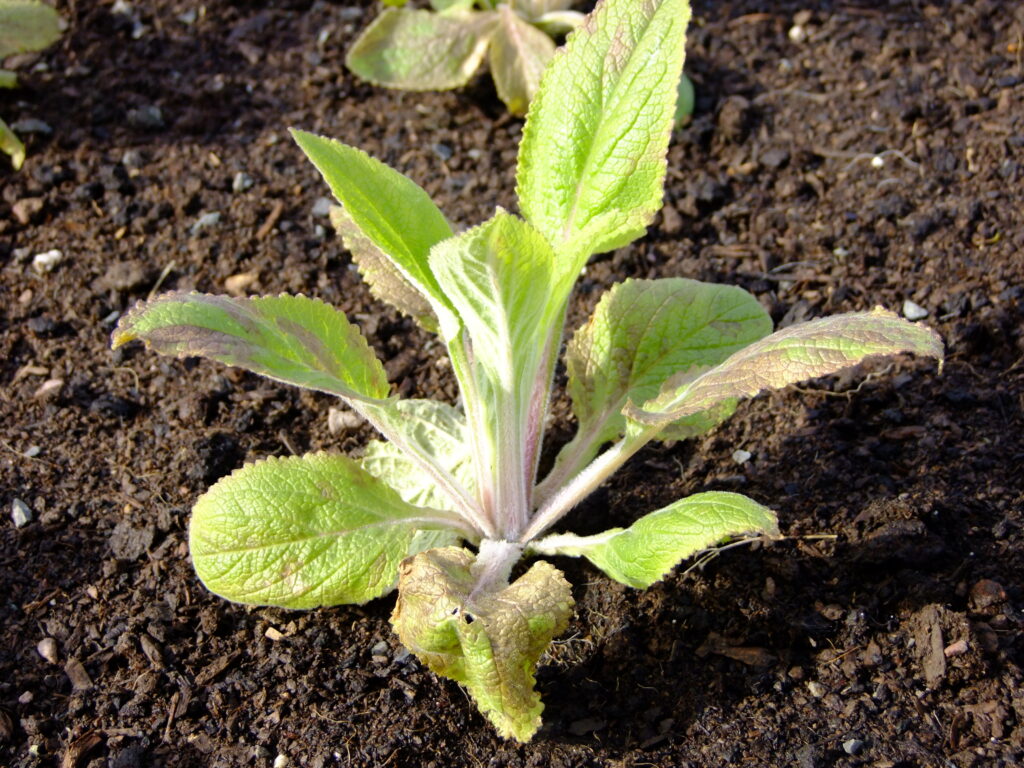
This is a biennial, or a short-lived herbaceous perennial so I’ve still included it in this list. Foxgloves grow well in both dappled shade as well as full sun. They are loved by bees, especially the bumblebee which is its main pollinator, and have a wide, open mouth and lip to help large insects like the bumblebee to land. Foxgloves flower from late May through to September.
Did you know… picking a foxglove offends fairies? Or at least according to folklore! Children were likely told this tale to protect them from eating this toxic plant.
4. Primrose
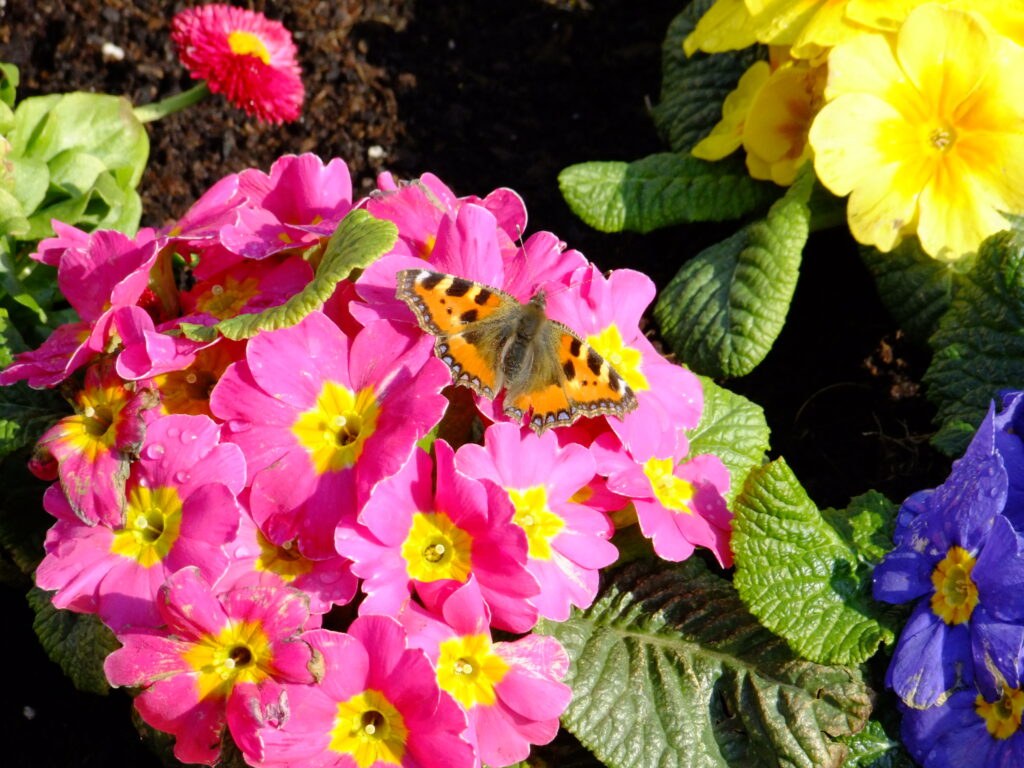
This perennial flowers from early spring and so is great for pollinators that have woken early. It is often found under hedgerows and in dappled woodland glades. We have these planted in a window box to add a splash of colour, and also in our pollinator garden where they have already been visited by a Small Tortoiseshell butterfly (in March) 😊
Did you know… In the UK, April 19th is traditionally Primrose day marking the death of prime minister Benjamin Disraeli on April 19th, 1881. Queen Victoria sent primroses to his funeral. Every year on this date primroses are placed by Disraeli’s statue outside Westminster Abbey.
5. Rosemary
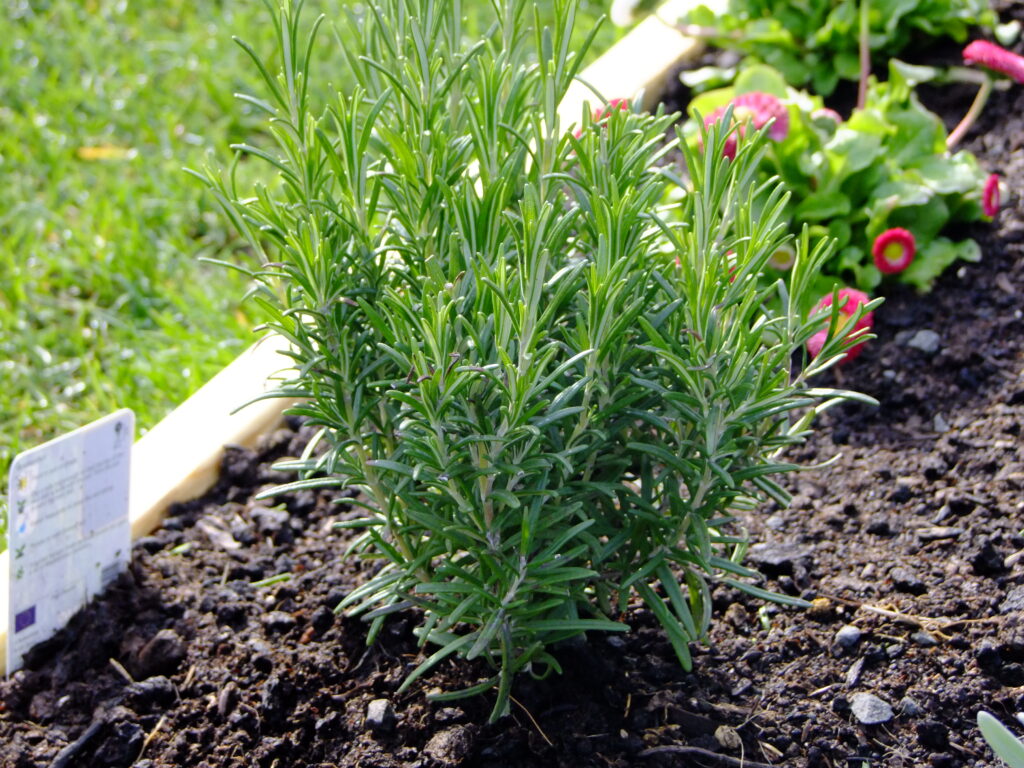
This woody perennial herb has been known to flower all year round in some parts of the UK, making it an ideal food source for early spring bee flies. The small blue/purple flowers contain plenty of nectar and so is good for attracting butterflies, bees and other insects. It likes to grow in free draining soil in plenty of sun.
Did you know… Rosemary can be found along the sea cliffs of Italy, Greece, Spain and France, which is probably where its Latin name, Rosmarinus meaning “mist of the sea” or “dew of the sea”, comes from.
6. Thyme
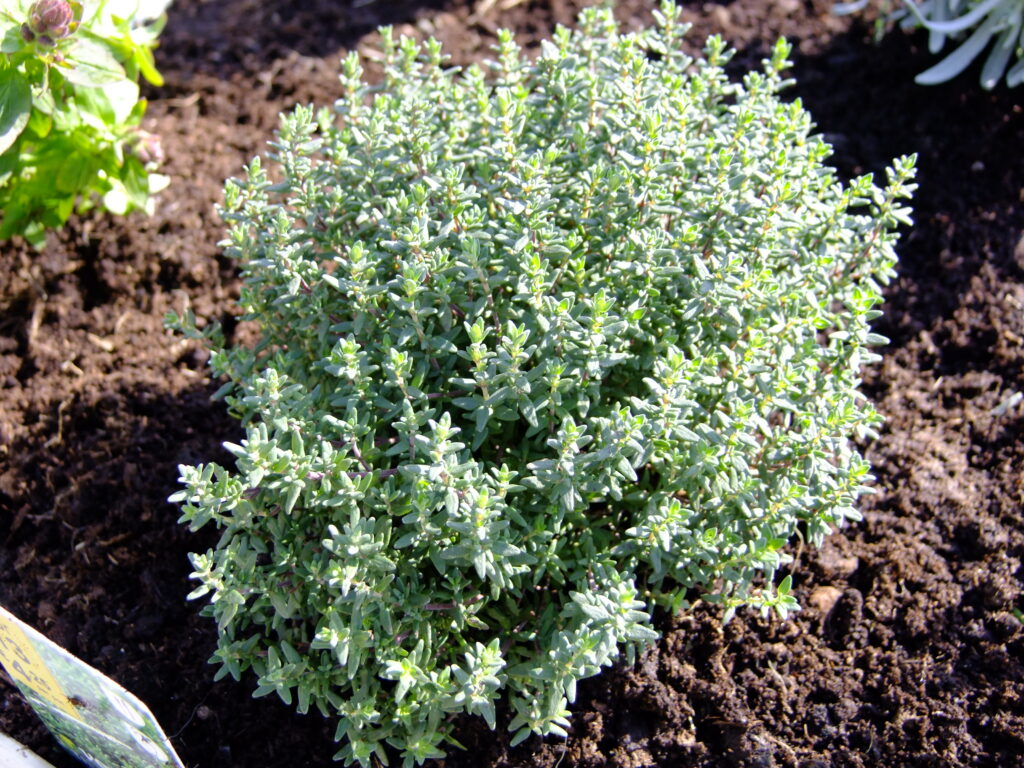
Likes to grow in well drained light soil in full sun. The flowers are good at attracting hoverflies, honeybees and bumblebees.
Did you know… in ancient Greece thyme was considered a symbol of courage & sacrifice. It is also written that in the middle ages, ladies would embroider a sprig of thyme into the scarves which were to be given to their errant knights.
7. Sage
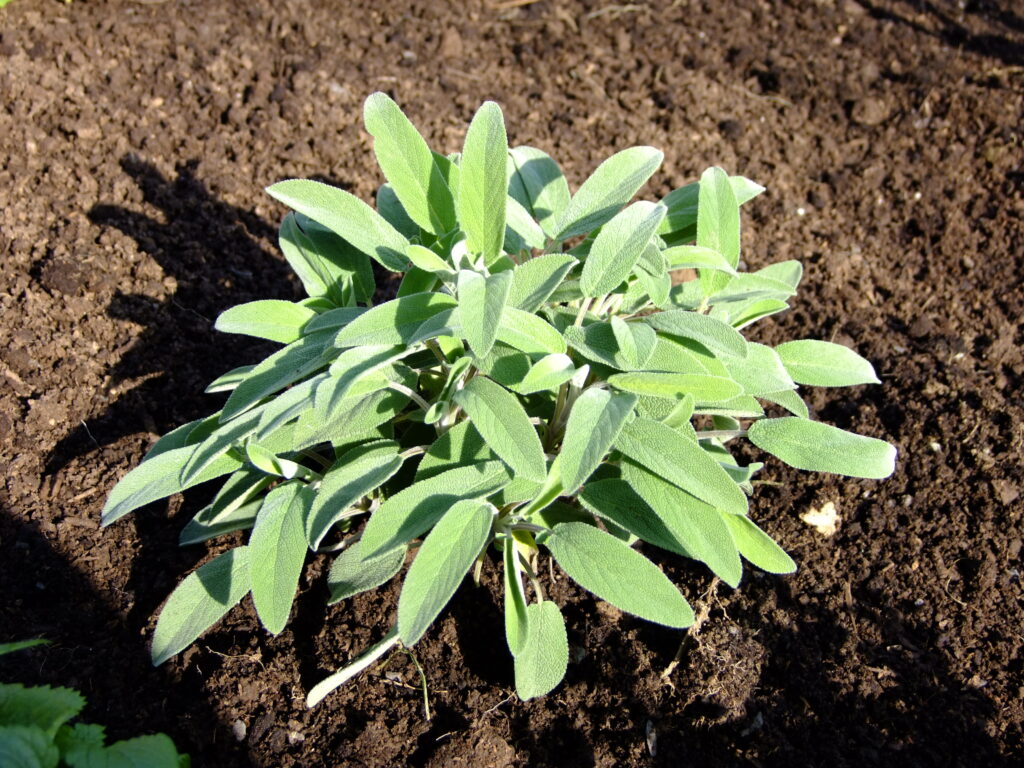
This herbaceous perennial grows well in full sun and well-drained soil. Not only are the flowers great for bees, but you will also find they are a valuable food source for some species of moth.
Did you know… not only is sage loved by everyday cooks, but during the 17th century Chinese traders would be known to exchange 4 pounds of their tea for 1 pound of European sage leaves carried by Dutch traders.
8. Mint
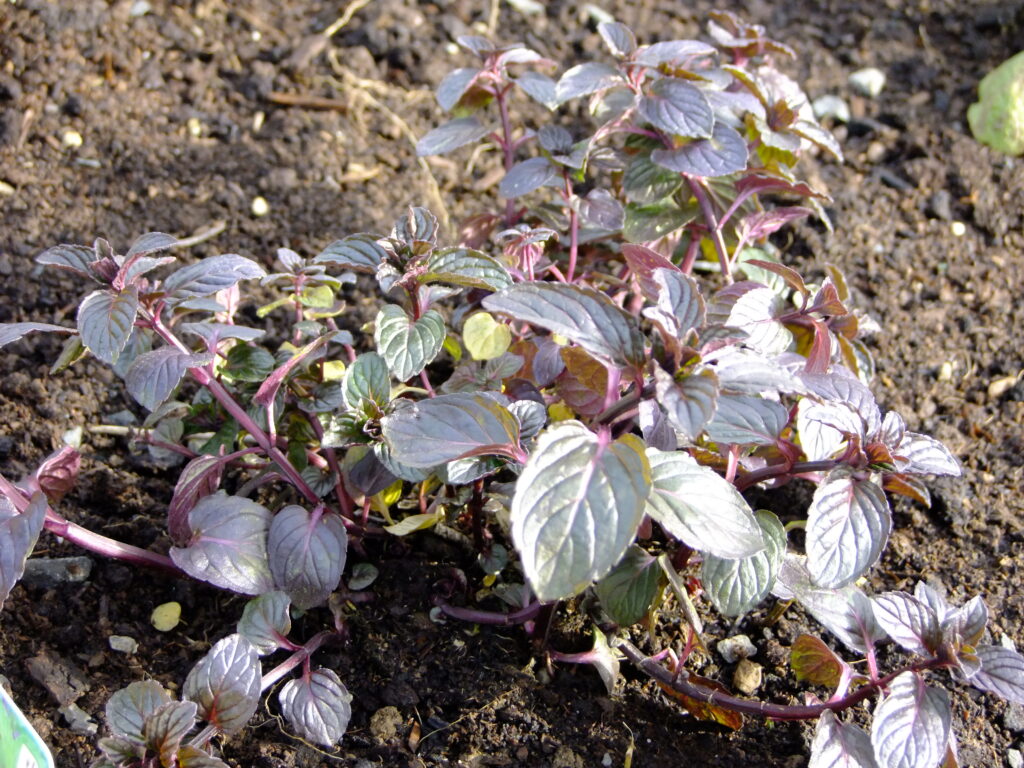
Not only is this great on new potatoes 😊, but when left to flower it is a bee magnet. It is also a favourite of the Mint Moth (unsurprisingly!) and they will often be found sitting on the leaves. Word of caution, mint spreads vigorously if left to its own devices and therefore is often planted in a pot in the ground to control its spread.
Did you know… Blue Tits have been found to take mint leaves into their nest as it has antibacterial properties!
9. Calendula
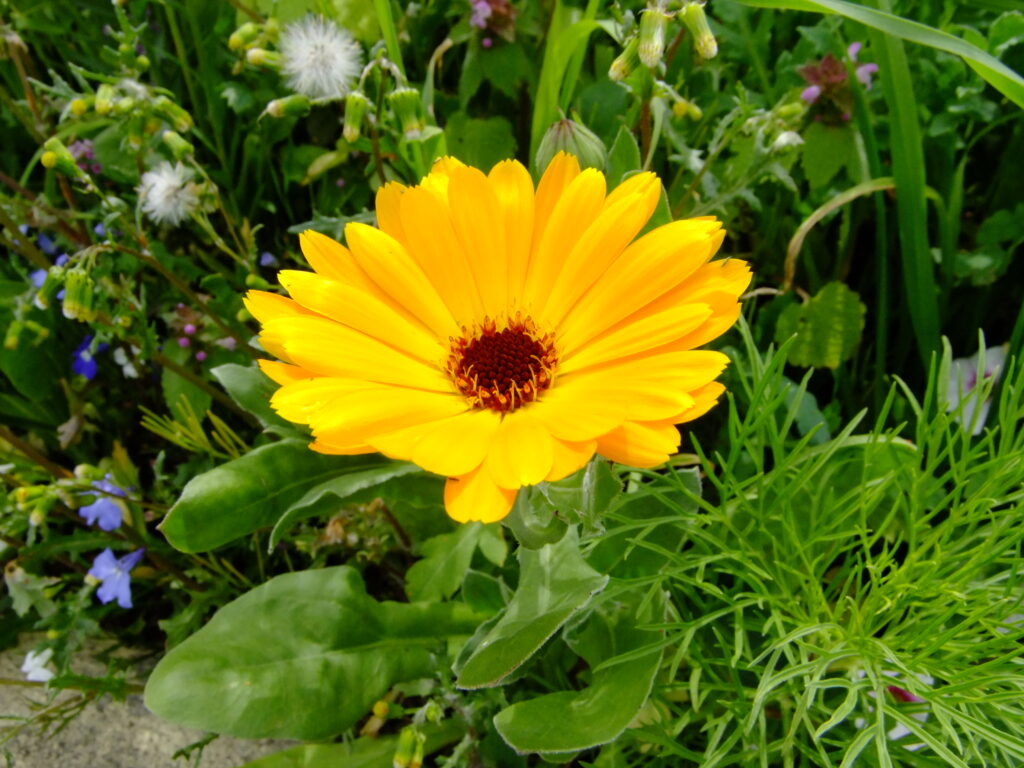
Although classified as a short-lived herbaceous perennial, in cooler climates it is generally treated as an annual. It will tolerate most soils therefore is known to be easy to grow. It has gorgeous bright orange, yellow flowers which bloom from May through to October. We had some in our wildflower patch last year which were still flowering late November! They are good for attracting bees and other pollinators.
Did you know… its nickname Pot Marigold derives from the fact its flowers were a common ingredient in German soups and stews. It is also known as “poor mans saffron” as the flowers could be used as a substitute for saffron.
10. Snapdragons
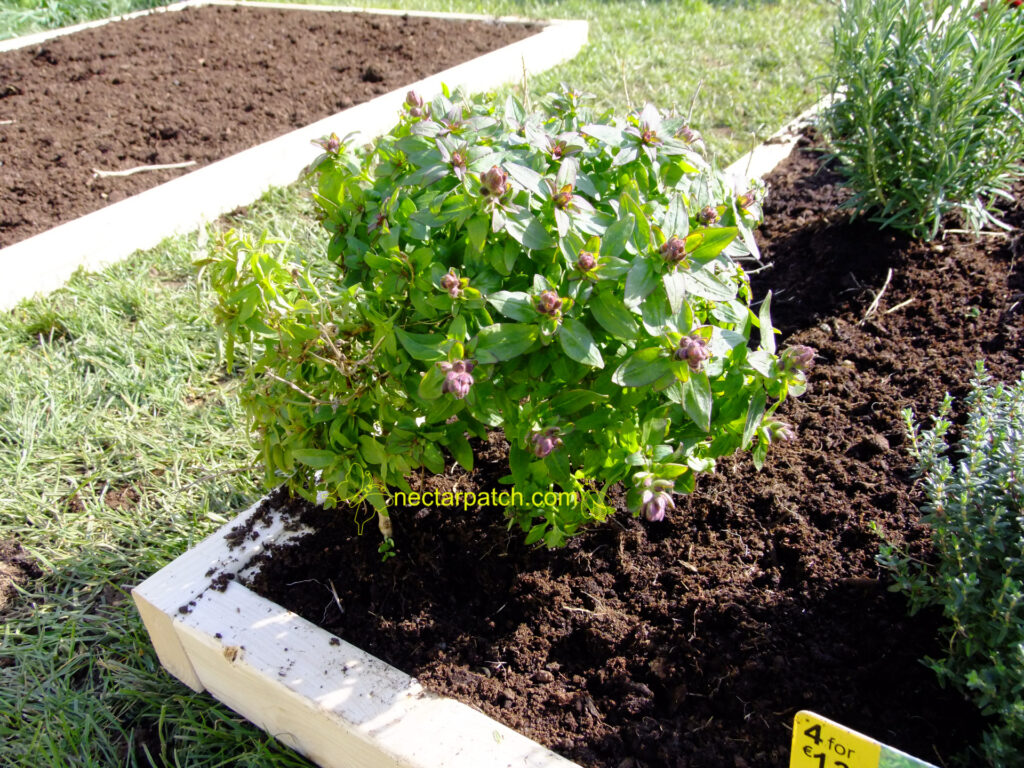
Strictly speaking it is a perennial although it is often treated as an annual. The main pollinator of these flowers are bumblebees. The bottom lip of the flower will lower when a bee lands on it giving it access to the nectar. They like to grow in well-drained soil in a sunny spot.
Did you know… Snapdragons can control their reproductive success as only heavier pollinators such as bumblebees are heavy enough to gain access to their nectar. Honeybees are too light to activate the flowers opening design!
Obviously the above list isn’t exhaustive and there will be some of you who probably wouldn’t have included herbs in the list, however many of them are a valuable food source for caterpillars and I believe that if you want to see more butterflies and moths then you also have to cater for their young 😊

